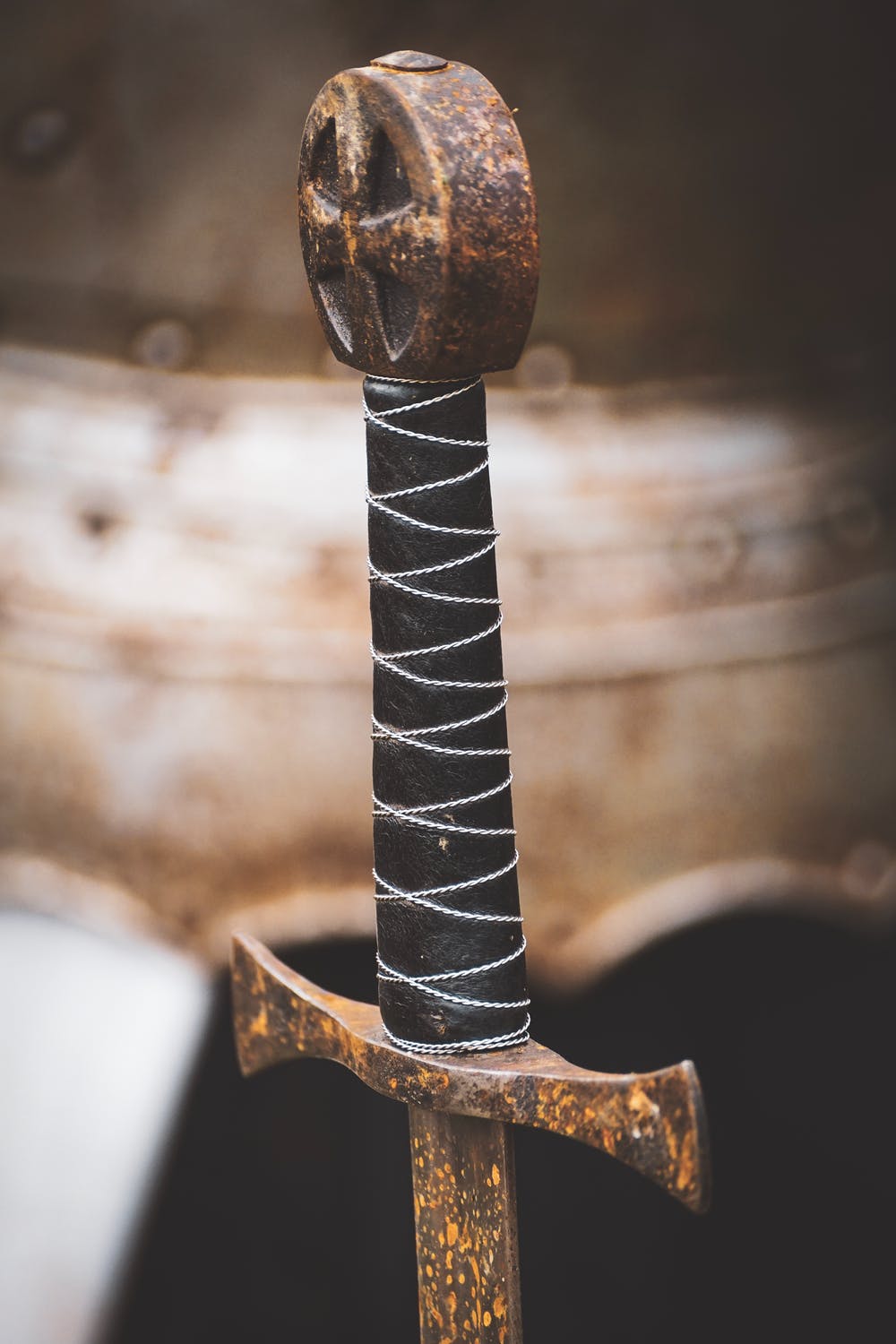Your Cart is Empty


Traditional Japanese swords like the katana and wakizashi are typically forged with a single edge. The edge, of course, refers to the sharp side of the sword's blade. With the katana, wakizashi and other traditional Japanese swords, only one side of the blade is sharpened to a razor-like edge The other side is left dull and flat. But not all swords are forged with a single edge. Some are forged with two edges. Known as a double-edged sword, it features a completely different design than single-edged swords. So, why exactly do some swords have two edged instead of a single edge?
Better for Thrusting Attacks
One reason why some swords are forged with two edges is because it allows for better thrusting attacks. In Europe, for example, swords like the gladius were forged with two edges instead of one so that warriors could use them to perform thrusting attacks. While possible with a single-edged sword, double-edged swords are more lethal for thrusting due to the presence of two edges.
Increased Armor Penetration
Double-edged swords are also more effective at penetrating through armor than single-edged swords. However, this is more of a side benefit from the fact that double-edged swords are better for thrusting attacks. During the Middle Ages, European warriors would use perform thrusting attacks with double-edged swords to penetrate through their enemies' armor.
Prevented Enemies From Grabbing the Blade
A third benefit of the double-edged design is that it prevented a warrior's enemy from grabbing the blade. With a single-edged sword, an enemy could potentially grab the dull edge of the blade. This isn't possible with double-edged swords, however. With both edges featuring razor-like sharpness, there's no safe edge to grab. If an enemy attempted to grab a double-edged sword, he would likely sustain a serious cut.
The Downsides to Using a Double-Edged Sword
Of course, there are also some downsides to using a double-edged sword. For starters, double-edged swords were more prone to breakage than their single-edged counterparts. This is because single-edged swords have a thicker, stronger side -- the dull side -- that stabilizes the sword. In a double-edged sword, both edges are sharpened to a fine point. Unfortunately, this makes the sword more likely to break upon contact or stress. Double-edged swords are also more difficult and time consuming to maintain. Rather than sharpening a single edge, they require sharpening both edges.